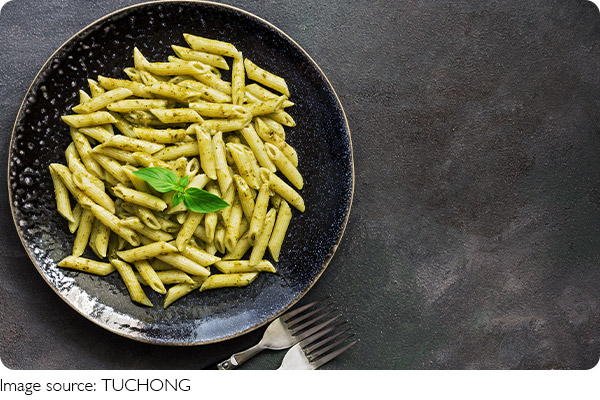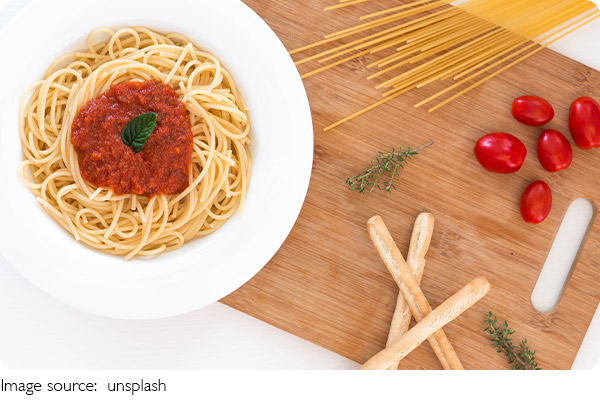The Perfect Pasta Secret

Pasta is a beloved staple worldwide, yet many struggle to achieve the perfect texture. According to a 2023 survey by the Italian Pasta Association, 68% of consumers have experienced undercooked or overcooked pasta.
This article, drawing on tips from Michelin-starred chefs, reveals the key factors for cooking perfect pasta.
1. Pasta Type Determines Cooking Time
Different pasta shapes require different cooking times. Spaghetti, a thin and straight type, should be cooked for 8-10 minutes to achieve an al dente texture. Fettuccine, which is wider and flatter, needs 10-12 minutes to ensure it is fully cooked through. Penne, with its diagonal cuts, is best cooked for 9-11 minutes to avoid any raw center.
Each type of pasta has its own unique characteristics that influence the cooking process. For example, thicker pastas like fettuccine require more time to cook through, while thinner pastas like spaghetti cook faster. Understanding these differences is crucial for achieving the perfect texture.
2. Water Quality and Quantity
Experiments by the Japanese Culinary Association show that using mineral water yields better results than tap water. The ideal ratio is 2.5 liters of water for every 200 grams of dry pasta. The water should be kept at a temperature of 98°C or above. Adding 1.5 teaspoons of salt enhances the pasta's firmness.
The quality of water can significantly impact the final taste and texture of the pasta. Mineral water, with its balanced mineral content, helps to maintain the pasta's structure and flavor. Using too little water can cause the pasta to stick together, while too much water can dilute the flavors. Keeping the water at a high temperature ensures even cooking and prevents the pasta from becoming mushy.
3. Heat Control
Michelin three-star chef Andrea shares his secret: after bringing the water to a boil, reduce the heat to maintain a steady simmer. Stir the pasta twice a minute to prevent sticking. After cooking, let it sit covered for 2 minutes to lock in moisture. Controlling the heat is essential for achieving the perfect pasta texture.

Starting with a rapid boil ensures that the pasta is quickly immersed in hot water, which helps to set its shape. Reducing the heat to a simmer allows the pasta to cook evenly without breaking apart. Stirring regularly prevents the pasta from sticking together or to the pot, ensuring a uniform texture. The final step of letting the pasta sit covered helps to retain moisture and enhances the overall flavor.
4. Salt and Seasoning
Salt should be added in three stages: at the beginning for basic seasoning, halfway through for flavor penetrating, and just before serving to enhance the texture. For meat-based dishes, butter is recommended to add richness. For lighter, salad-style pasta, olive oil is better to preserve the crispness of vegetables.
Seasoning is a crucial aspect of cooking pasta. Adding salt at different stages ensures that the pasta absorbs the seasoning evenly, enhancing its flavor. The choice of additional fats, such as butter or olive oil, can also significantly impact the final dish. Butter adds a rich, creamy flavor that complements hearty meat sauces, while olive oil provides a lighter, more delicate taste that pairs well with fresh vegetables and herbs.
5. Healthy Cooking Tips
According to the latest research in the Journal of Nutrition, quick-cooking pasta (3 minutes) retains 78% of its vitamin C, while regular cooking (8-10 minutes) retains 92%. Steaming (15 minutes) reduces protein breakdown by 40%. These methods help balance nutrition and flavor. Cooking methods can also influence the nutritional value of pasta.
Quick-cooking methods retain more vitamins, while longer cooking times can enhance flavor and texture. Steaming is another option that can help preserve nutrients while still achieving a tender texture. Experimenting with different cooking times and methods can help you find the perfect balance of nutrition and taste.

By paying attention to pasta type, water quality, heat control, seasoning, and cooking methods, you can enjoy perfectly cooked pasta every time. Whether you're a beginner or an experienced chef, these insights will help you achieve restaurant-quality results. Try these techniques and explore more creative ways to enjoy pasta with our guide. Happy cooking!
-
 Annapurna Trek: Soul JourneyReady to feel your heart race and soul soar? Discover the breathtaking Annapurna Circuit and its unforgettable trails!
Annapurna Trek: Soul JourneyReady to feel your heart race and soul soar? Discover the breathtaking Annapurna Circuit and its unforgettable trails! -
 Laos: Spend Less, Get MoreThink Laos is expensive? Think again! From guesthouses to street eats, adventure here may cost less than you expect.
Laos: Spend Less, Get MoreThink Laos is expensive? Think again! From guesthouses to street eats, adventure here may cost less than you expect. -
 El Nido’s Wild Blue WonderCraving more than calm seas? El Nido’s lush jungles, vibrant reefs, and hidden beaches will steal your breath—and your heart.
El Nido’s Wild Blue WonderCraving more than calm seas? El Nido’s lush jungles, vibrant reefs, and hidden beaches will steal your breath—and your heart.